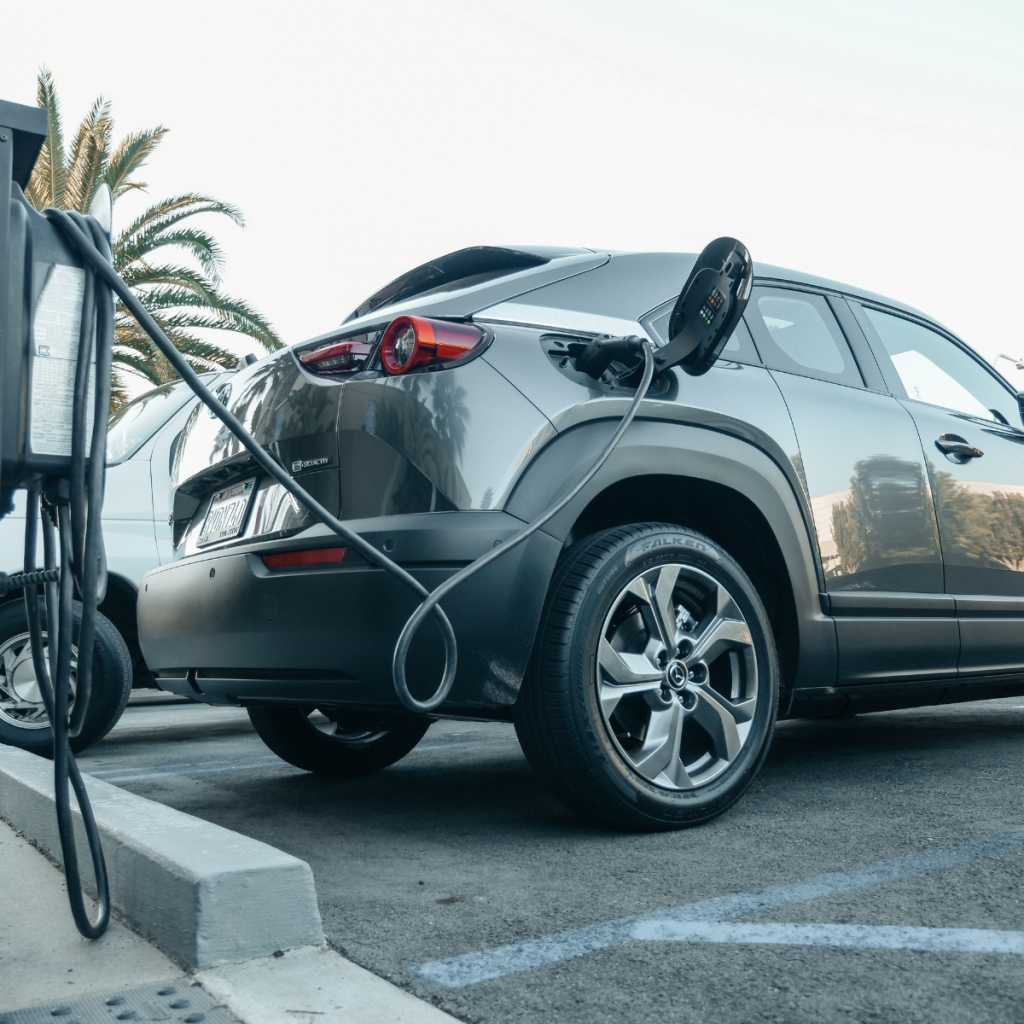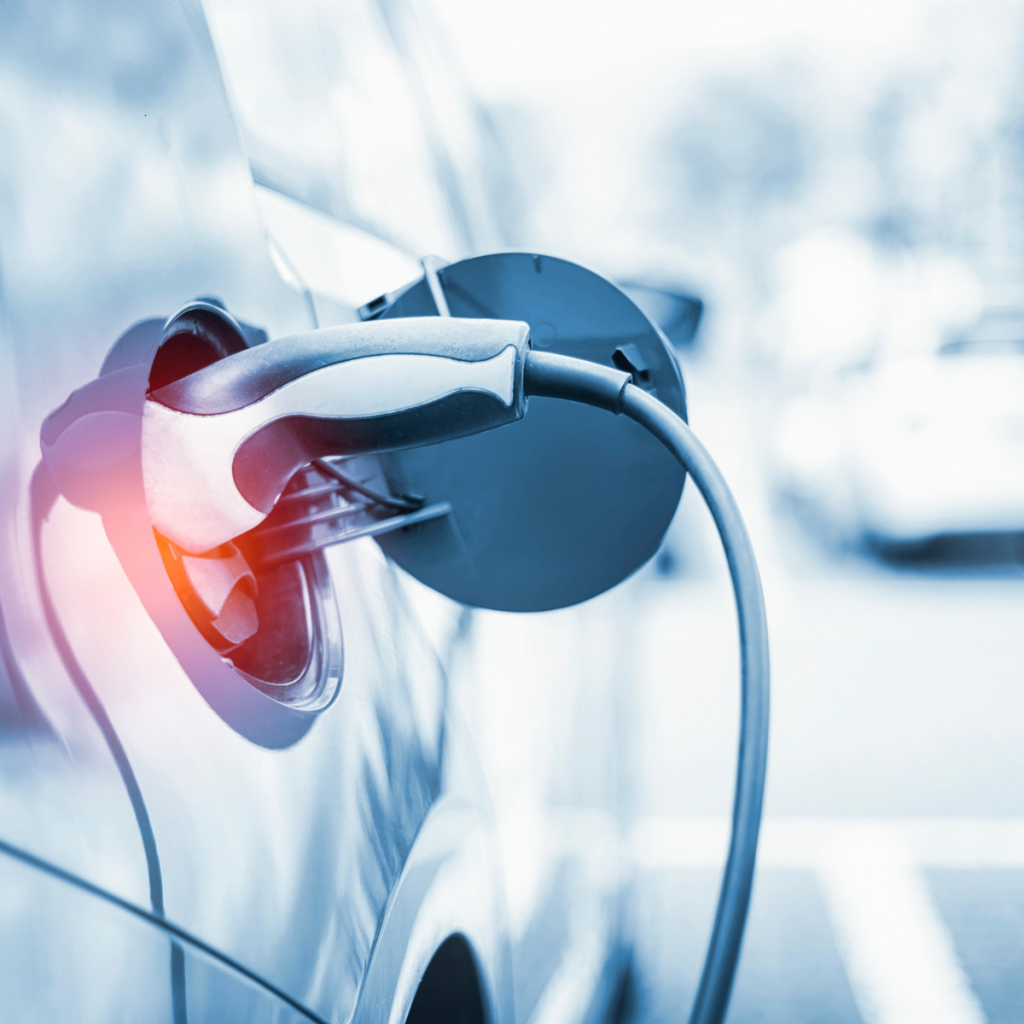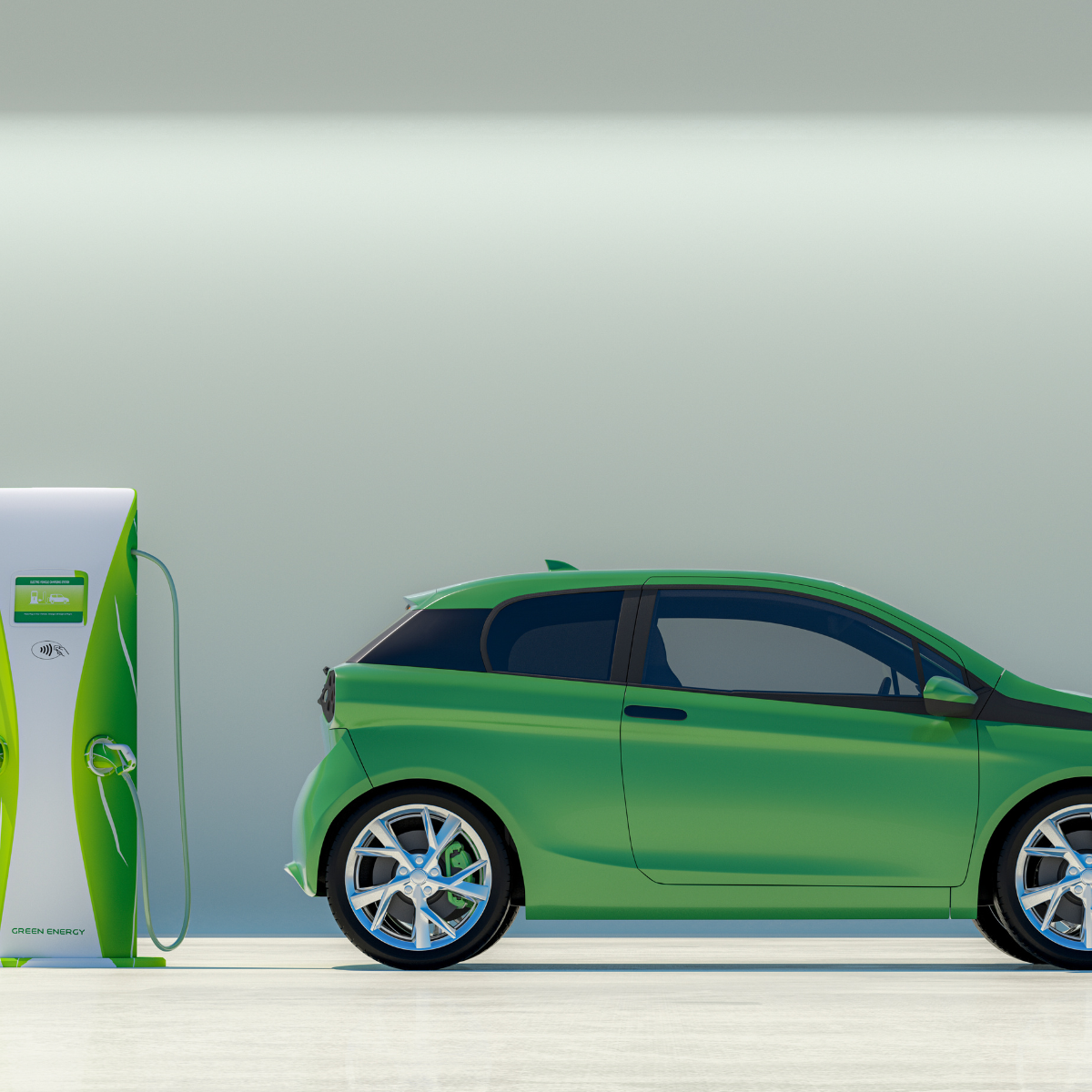As concerns over environmental sustainability and rising fuel prices continue to grow, more and more drivers are turning to electric cars as a solution. The rise of electric vehicles (EVs) is not just a passing trend but a significant shift in the automotive industry, driven by advancements in technology, government policies, and the growing demand for cleaner alternatives. In this article, we’ll explore why electric cars are gaining popularity, the benefits they offer, and how they are reshaping the future of driving. From environmental impact to cost savings, the reasons behind this transition are multifaceted and compelling, making it clear why more drivers are making the switch to EVs.
The Environmental Benefits of Electric Cars
One of the primary reasons why electric cars are becoming increasingly popular is their positive environmental impact. Unlike traditional gasoline-powered vehicles, electric cars produce zero emissions during operation. This means that driving an EV contributes to cleaner air and helps reduce the carbon footprint associated with transportation. With growing concerns about climate change, more drivers are becoming aware of the need to reduce their reliance on fossil fuels, and electric vehicles offer a practical solution.
The shift towards electric cars also supports efforts to combat air pollution. In cities where traffic congestion and poor air quality are major issues, electric vehicles can significantly improve the overall health of residents by reducing harmful pollutants such as nitrogen oxide and particulate matter. By making the switch to an EV, drivers can feel good knowing they are doing their part to protect the environment and create a healthier future for generations to come.
The Cost Savings of Electric Cars
While electric vehicles have traditionally been more expensive than their gasoline counterparts, the tide is turning. The cost of EVs has been steadily decreasing as battery technology improves, making electric cars more affordable than ever before. Additionally, electric car owners enjoy lower operating costs compared to conventional vehicles.

Charging an EV is significantly cheaper than refueling a gasoline-powered car, and many drivers can take advantage of home charging stations to keep their vehicles powered up overnight. This eliminates the need for frequent trips to the gas station, which can save both time and money. According to the U.S. Department of Energy, the cost of electricity to charge an EV is equivalent to paying about $1.00 per gallon of gasoline, which translates into significant savings over time.
Moreover, electric cars have fewer moving parts than traditional vehicles, which means they require less maintenance. There are no oil changes, fewer brake repairs due to regenerative braking, and fewer issues related to the engine and transmission. As a result, the long-term cost of ownership for an EV is typically lower than that of a gasoline car, making them an attractive option for budget-conscious drivers.
Government Incentives and Rebates
Another major factor contributing to the rise of electric cars is the availability of government incentives and rebates. Many countries, states, and local governments offer financial incentives to encourage consumers to make the switch to electric vehicles. These incentives can significantly reduce the upfront cost of purchasing an EV, making it more accessible to a wider range of consumers.
In the United States, for example, buyers of electric vehicles may qualify for a federal tax credit of up to $7,500, depending on the make and model of the car. Additionally, many states offer their own incentives, such as rebates, tax credits, and exemptions from sales tax or vehicle registration fees. These financial incentives, coupled with the decreasing cost of electric cars, make now the perfect time for drivers to consider making the switch to an EV.
In addition to the financial incentives, some governments are investing in the development of charging infrastructure, making it easier for drivers to find convenient places to charge their EVs. This growing network of charging stations is helping to address one of the key concerns for potential electric car buyers: the range anxiety associated with running out of battery power on the road.
Advancements in Electric Car Technology
Technological advancements in electric car design and performance are another key factor driving their popularity. The range of electric vehicles has improved significantly over the past decade, with many modern EVs offering ranges of over 300 miles on a single charge. This makes EVs more practical for long road trips and everyday commutes, addressing one of the main barriers to widespread adoption.
Battery technology has also seen significant improvements, with newer batteries being lighter, more efficient, and longer-lasting than ever before. The development of fast-charging technologies has made it possible to charge an EV much quicker than in the past, with some fast-charging stations able to provide an 80% charge in just 30 minutes. This rapid charging capability is helping to eliminate the inconvenience of long charging times, making electric cars even more convenient for daily use.
In addition to performance improvements, electric cars now offer a wide range of features that enhance the driving experience. Many EVs are equipped with the latest in-car technology, such as advanced driver assistance systems (ADAS), autopilot capabilities, and cutting-edge infotainment systems. These features make driving electric cars not only eco-friendly but also technologically advanced and enjoyable.
The Growing Popularity of Electric Cars
As more drivers become aware of the benefits of electric cars, the demand for these vehicles is steadily increasing. Major automakers, including Tesla, Chevrolet, Ford, BMW, and Volkswagen, have expanded their electric vehicle offerings, providing consumers with a wider variety of options at different price points. From compact cars to SUVs and even trucks, electric vehicles are now available to suit a wide range of preferences and needs.

The popularity of electric vehicles is also fueled by the increasing availability of used EVs. As the market for electric cars grows, there is a larger supply of pre-owned electric vehicles, which allows buyers to enter the EV market at a lower price point. This growing inventory of both new and used electric vehicles is making it easier for drivers to make the switch to an EV, regardless of their budget.
Electric cars are also gaining popularity among businesses and fleets. Companies are recognizing the long-term savings and environmental benefits of switching their fleet vehicles to electric, and many are now prioritizing EVs as part of their sustainability initiatives. With large corporations, small businesses, and even delivery services adopting electric vehicles, the overall adoption rate of EVs is expected to continue rising in the coming years.
The Future of Electric Cars
The future of electric cars looks bright, with continued advancements in technology, government support, and consumer demand. Experts predict that by 2030, electric vehicles could make up a significant portion of the global vehicle fleet, with some countries setting ambitious goals to phase out gasoline-powered cars entirely. As the cost of EVs continues to decrease, and as more charging infrastructure is built, the transition to electric vehicles will become even more seamless and accessible to drivers.
Additionally, the expansion of electric vehicle offerings from automakers and the development of new vehicle types, such as electric trucks and buses, will further accelerate the adoption of electric cars. With growing awareness of the environmental and economic benefits of EVs, it’s clear that the future of driving is electric.
Conclusion
The rise of electric cars marks a turning point in the automotive industry, offering drivers a cleaner, more cost-effective, and sustainable way to get from point A to point B. With benefits ranging from lower operating costs and government incentives to reduced environmental impact, it’s no wonder that more and more drivers are making the switch to electric vehicles. As technology continues to improve and the market expands, the transition to electric mobility is set to reshape the way we drive for years to come.

Leave a Reply